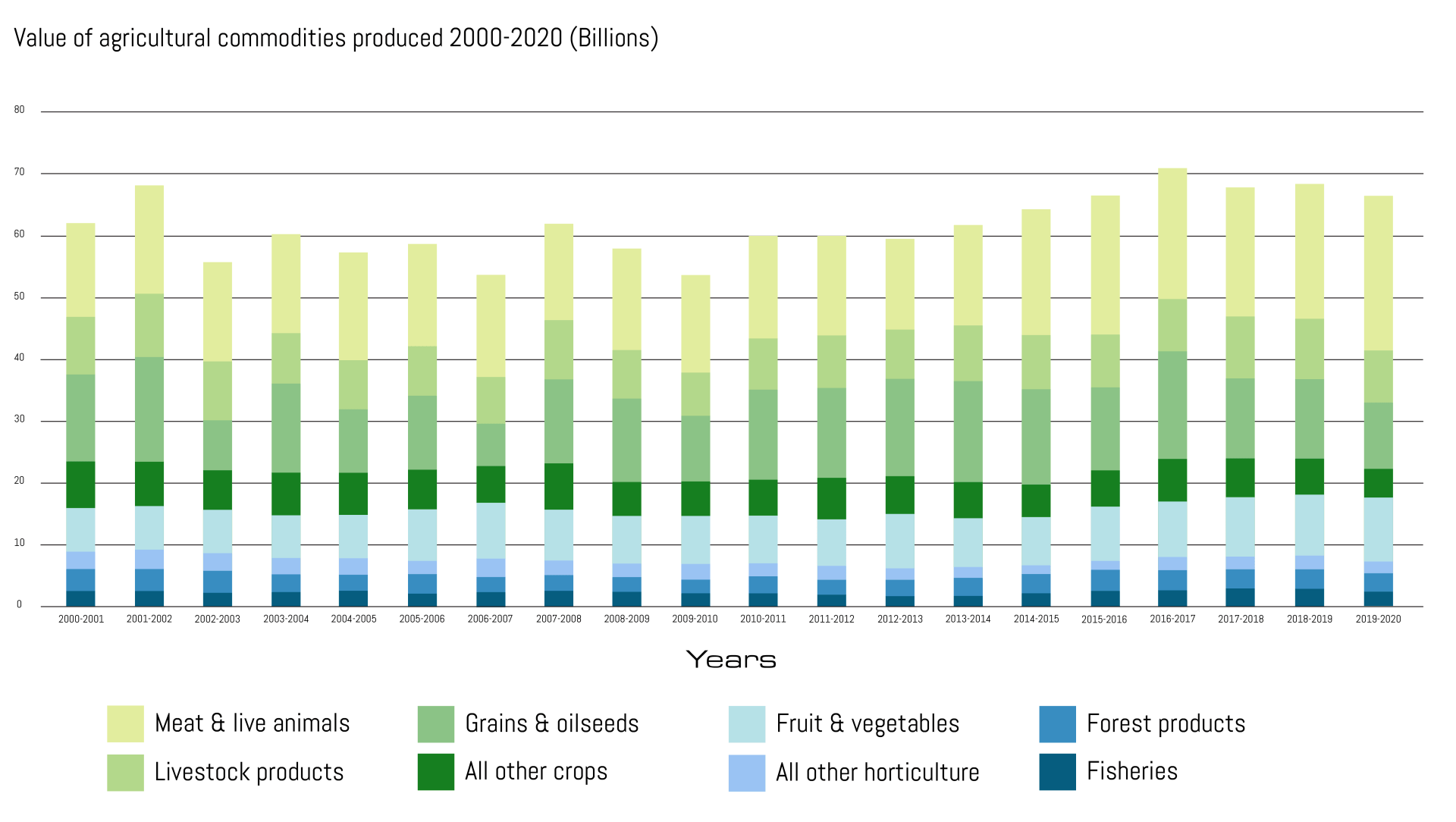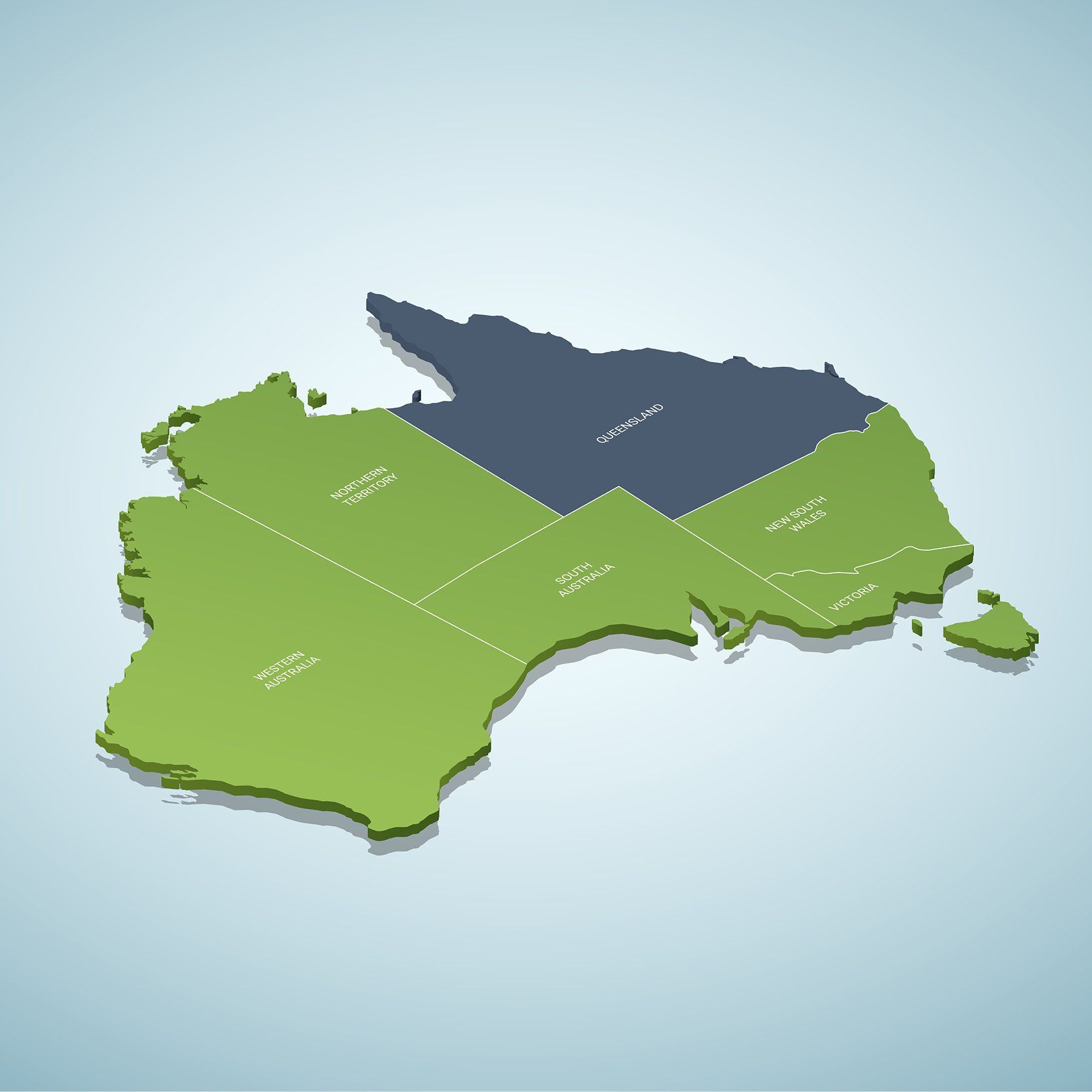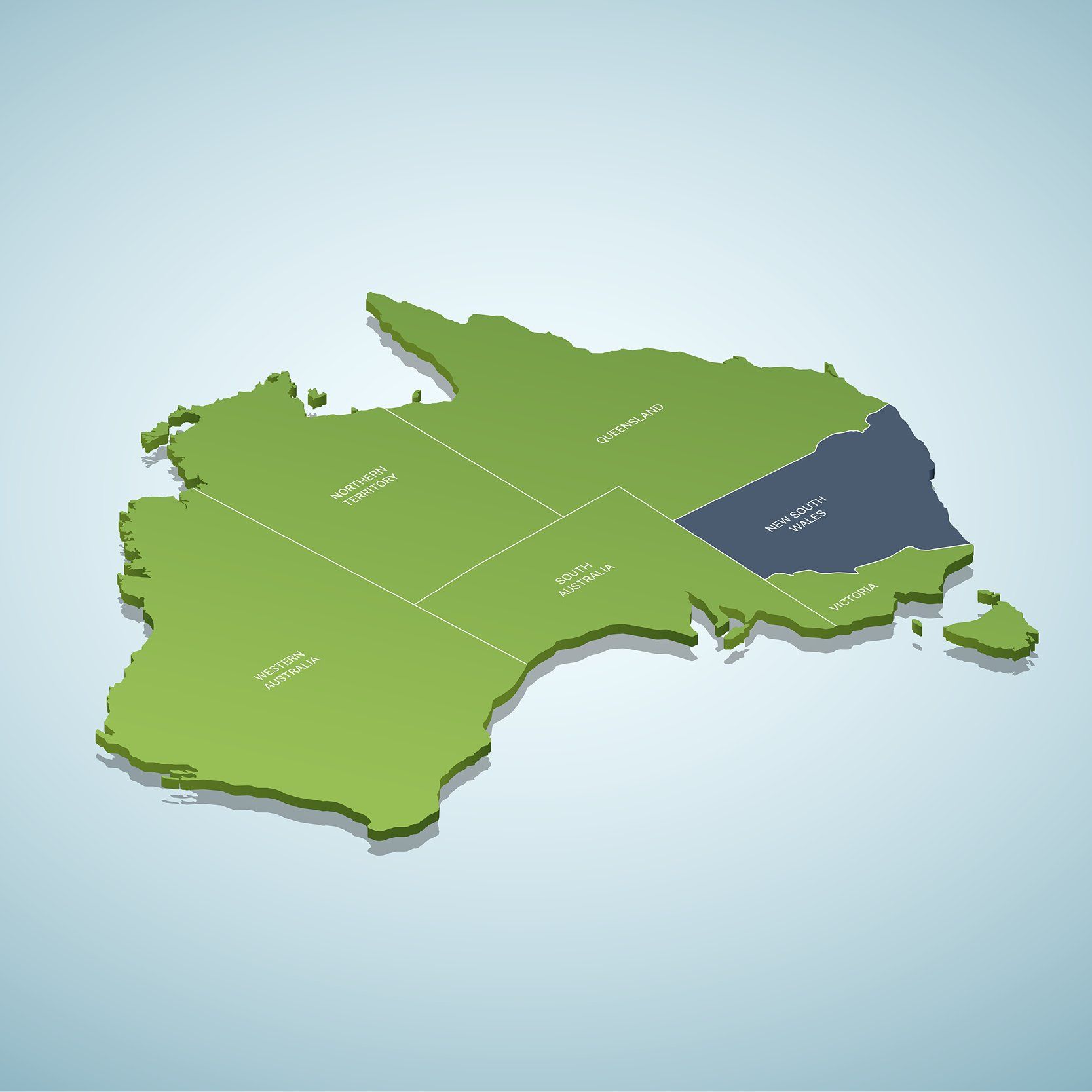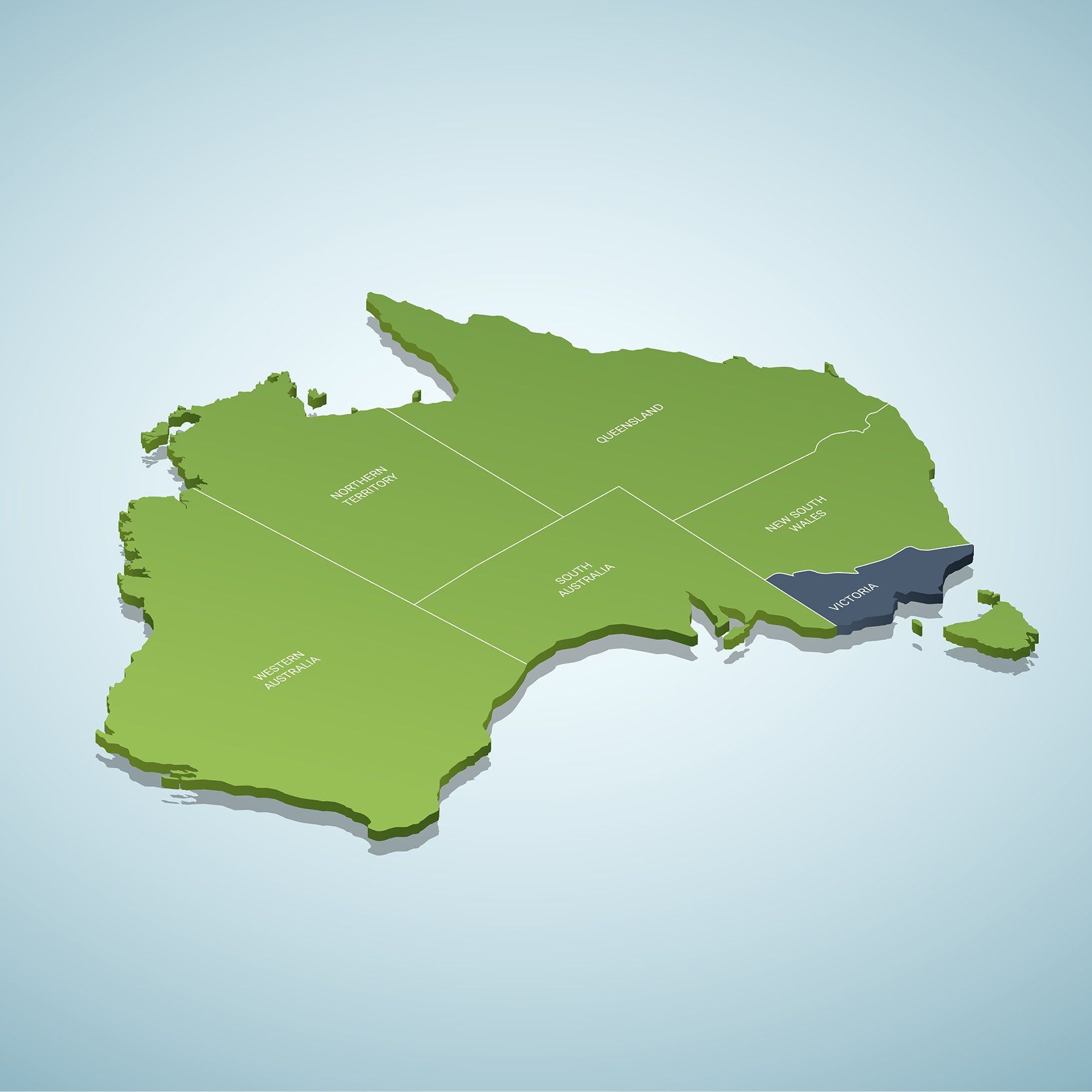GET IN TOUCH
WHY AUSTRALIA?
Australia presents several agricultural opportunities in a stable investment and regulatory environment. It has become an increasingly popular choice for agricultural investors due to many advantages, including:
- Strategic location and trade links (e.g., proximity to Asian economies and distance from Europe and North America).
- Strong economy experiencing rapid growth.
- Stable political environment and transparent legal system.
- World-leaders in best management practice and superior regulatory frameworks that enforce Work Health and Safety and environmental sustainability.
- Continuous innovation in farm machinery and cropping technologies.
- Capital appreciation, which has been historically proven over a significant period of time.
- A professional farming community that represents an educated and reliable supply chain partner for international customers.
- Free of many of insects and agricultural diseases found in other parts of the world.
- Diverse climate, rainfall patterns and soil types to allow for a wide range of agribusiness enterprises.
- A skilled workforce.
With prime agricultural land and value estimated to be worth more than $50 billion, Australia has produced some of the most diverse range of agricultural commodities in the world. This ensures several enterprises can be undertaken to pursue maximum profits year on year.
Australia’s growth over the past 15 to 20 years has contributed to making its prime agricultural land highly sought after for foreign investment. The crops produced from the land are also extremely well received on the global export market, with high demands for cropping and livestock. With an increase in gross crop value from over $20 billion to almost $30 billion, and under $20 billion to almost $24 billion for livestock, Australia has the capability to feed the worlds growing population which is set to hit over 9 billion by 2050.
Geography
Australia is ideally situated to supply agricultural commodities to the growing populations and expanding wealth of Southeast Asia.
Australia can be divided into three different agricultural zones:
- High Rainfall Zone: NSW, SA, VIC, QLD, TAS
- Wheat Belt: WA
- Pastoral Zone: NT, WA, QLD
CFM has experience managing a diversity of assets and commodity production across Australia and internationally. Currently, CFM operations are centred around the Eastern states of Queensland, NSW and Victoria, as highlighted below.
Australian Agriculture
FOREIGN INVESTMENT
Foreign investment into Australian farmland can be a steep and arduous process, CFM has experience and know how when it comes to overseas investment
The Foreign Investment Review Board (the FIRB) examines proposals by foreign persons to invest in Australia and makes recommendations to the Treasurer on those subject to the Foreign Acquisitions and Takeovers Act 1975 and Australia's foreign investment policy.
CFM has significant experience in working through this process simply and effectively with investors and can help ensure an efficient and positive outcome is achieved.
Agribusiness:
Proposed direct interest in an agribusiness require approval where the investment is more than $57 million.
Agricultural Land:
Proposed investments in agricultural land requires approval from the FIRB where the cumulative value of a foreign persons holdings exceeds $15 million, with exceptions applying to investors from Australia's trade agreement partners.
CLIMATE & GEOGRAPHY
Ranging from harsh desert flats to snowy mountain ranges, Australia has the most diverse range of climatic and geographic locations in the world, being one of the world’s leading agriculture exporters.
Climate
With 6.4% of arable landmass and 49 million hectares of crop production capability, Australia has the sixth largest arable land area of any country in the world. Australia also provides a natural climate hedge across a large geographic area. which gives investors with the opportunity to incorporate a diversity of assets within their portfolio.
Geography
Australia is ideally situated to supply agricultural commodities to the growing populations and expanding wealth of Southeast Asia.
Australia can be divided into three different agricultural zones:
- High Rainfall Zone: NSW, SA, VIC, QLD, TAS
- Wheat Belt: WA
- Pastoral Zone: NT, WA, QLD
CFM has experience managing a diversity of assets and commodity production across Australia and internationally. Currently, CFM operations are centred around the Eastern states of Queensland, NSW and Victoria, as highlighted below.
Queensland
Climate: Subtropical and tropical
Crop Production: 2.2 million hectares per annum, majority in the Southern and Eastern parts of the state.
Cropping
- Largest producer of sorghum and sugar.
- Significant producer of nut crops.
- Potential to be a major producer of pulses and cereals.
Livestock
- Australia’s largest producer and exporter of beef and the world’s largest exporter of live cattle.
New South Wales
Climate: Temperate
Crop Production: 6.7 million hectares per annum with crop production focused in the Eastern half of the state.
Cropping
- Well established irrigated agricultural sector, world leader in improving irrigation efficiencies.
- Australia’s largest producer and exporter of chickpeas and pulses and the nation’s largest producer of rice and cotton.
Livestock
- The nation’s largest producer and exporter of mutton, lamb, pork, and wool.
THE FUTURE
Australia is perfectly situated to meet the staggering increase in demand for quality and sustainable agricultural production.
Systems and solutions that manage agricultural activities have been instrumental in helping Australian farmers to improve productivity, increase operating efficiency and reduce costs.
Across Australia, producers are embracing technologies such as global positioning systems and farm management software that utilise the Internet of Things technology to manage livestock and crop production, harvesting, irrigation and record-keeping.
CONTACT
Phone: +61 2 6750 9222
Email: admin@cfma.com.au
Location: 74 Balo St, Moree, 2400, NSW, Australia
Managed by






